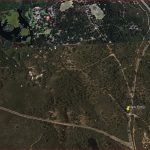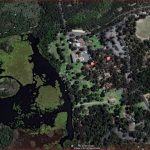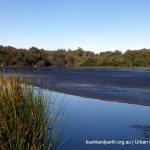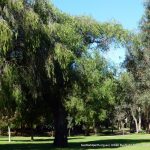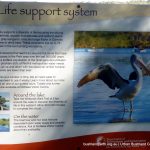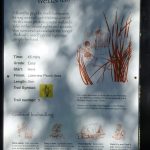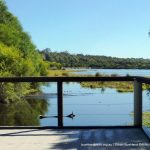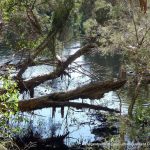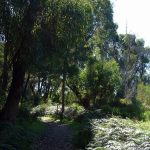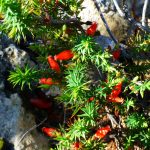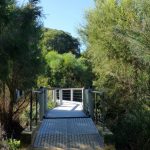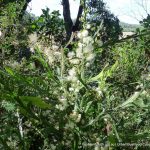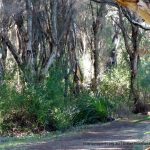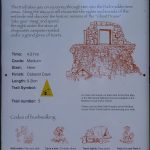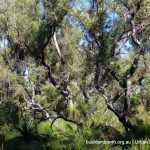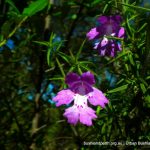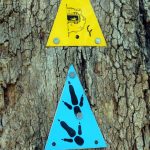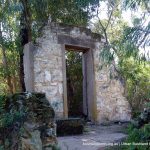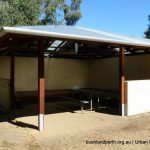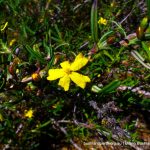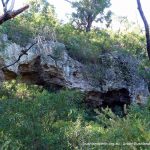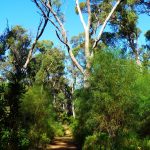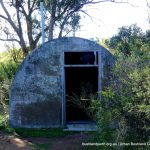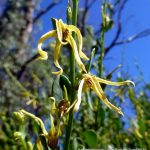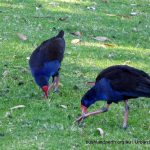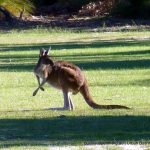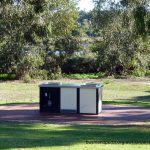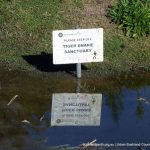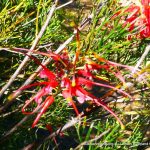Yanchep National Park
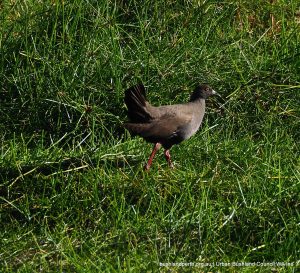
Yanchep National Park is a large park (2,799 hectares), situated 48 km north of Perth, on the Wanneroo – Lancelin Road. The Park contains seven vegetation communities, four wetlands that have had little modification, and over 1000 caves, all of which provide a wide range of habitats for a variety of fauna. It is an important conservation area on the Swan Coastal Plain.
The northern and western ends of the Park retain major conservation values and show a range of landscape forms, from tall tuart forest, lush wetland vegetation, and mixed banksia and kwongan heath on the uplands. Wildflowers are prolific in Spring and early Summer.
Nestled in tuart and banksia woodlands, the park is home to many different water and bush birds including grebes, swans, pelicans, cormorants, egrets, kingfishers, parrots, wrens and honeyeaters. Endangered Carnaby’s cockatoos are a spectacular daily sight. Western Grey kangaroos are commonly seen on the walk trails or grazing on the lawns and golf course.
Yanchep National Park provides an important example of the Swan Coastal Plain habitat types; more so given the loss of much of the natural encvironment of the Swan Coastal Plain to urbanisation and agriculture. Many other wetlands on the Swan Coastal Plain have either been filled in, or modified and subjected to pressures such as pollutants and clearing. Yanchep NP is a Bush Forever site. Bush Forever Site Description
Wetlands
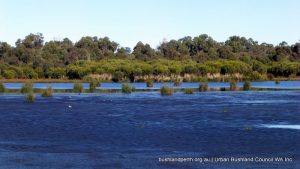 Wetlands are a key feature of Yanchep National Park. The key wetlands are three permanent lakes (Loch McNess, Yonderup Lake and Wilgarup Lake) and a swamp in the north-east of Ridges State Forest, all of which are fresh, as well as Pipidinny Swamp, close to the south-west boundary.
Wetlands are a key feature of Yanchep National Park. The key wetlands are three permanent lakes (Loch McNess, Yonderup Lake and Wilgarup Lake) and a swamp in the north-east of Ridges State Forest, all of which are fresh, as well as Pipidinny Swamp, close to the south-west boundary.
Loch McNess has three well defined sections that differ in their vegetation types. Its total wetland area is 255 ha and comprises a sedge complex (149.3 ha), Swamp Banksia/Paperbark (56.6 ha) and open water (49.5 ha).
North Loch McNess, compared with other metropolitan lakes, is relatively natural due to lack of modification (little or no clearing of vegetation has occurred and it has none of the impacts associated with urban or rural development). The lake appears shallow but the bottom is actually an unconsolidated peat mat through which water flows to a depth of about 6 m. In summer, some of the shallower areas dry out. A dense growth of sedges covers much of the lake.
Yonderup Lake Loch McNess is believed to overflow into Lake Yonderup. This lake has seasonal variations in water level annually by 0.6 to 0.8 m. There is a variety of habitats which support a diversity of fauna, particularly birds.
Wilgarup Lake This wetland (16.8 ha) is more a swamp than a lake, and does not have as wide a range of habitats as the two other lakes, but is less disturbed.
Recreational Opportunities
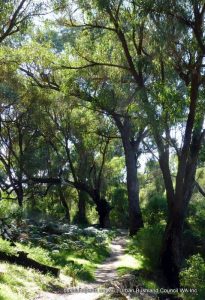 Yanchep National Park has many visitor facilities and great walking opportunities abound. There are nine established walk trails including the more challenging Ghosthouse Walk.
Yanchep National Park has many visitor facilities and great walking opportunities abound. There are nine established walk trails including the more challenging Ghosthouse Walk.
Over 250 000 visitors per year visit Yanchep National Park, the highest number of visitors to any single area of a national park in the State. Visitors can participate in many activities including rowing on Loch McNess, picnicking and walking along the nature trails.
Source of Information
The material presented here is largely sourced from the Parks Management Plan or from Park brochures.

